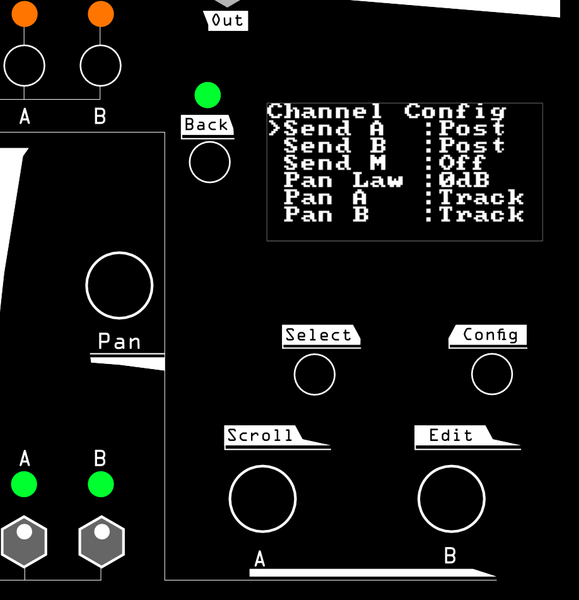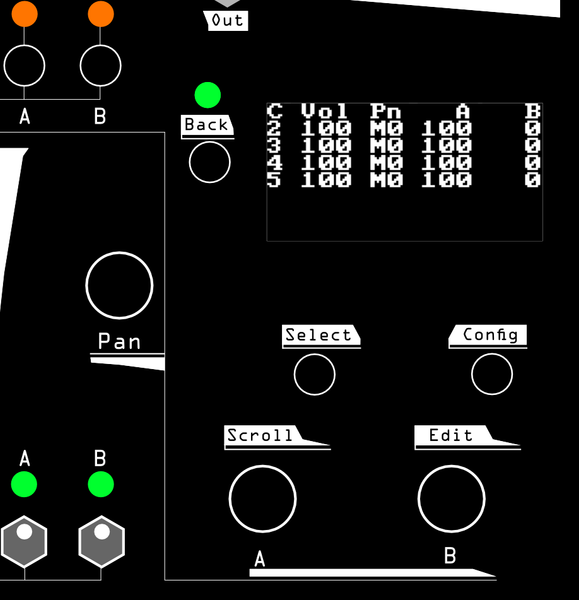Submix processing with Xer Mixa
Xer Mixa was designed to be as simple or as complicated as you want it to be. If you just need 8 stereo channels with two effects sends, it’s about as easy as turning on your case and patching the ins and outs.
However, if you want to get deeper into some advanced mixing techniques, Xer Mixa has the tools to help you do that, too. Today, we’ll be going over a simple way to set up submix processing.
What is submix processing?
Submix processing is a simple yet powerful mixing technique. Multiple channels are mixed together, then processed (perhaps with a mixing utility like a compressor, or a timbral effect like distortion), and finally mixed back into the main output with the rest of the instruments.

The advantage of submix processing is that it can make a mix sound more cohesive: if all of your drum sounds are processed by the same compressor, for example, it can help them sound more related.
Setting up a submix on Xer Mixa
For each channel that we want to add to a submix, we need to change a couple of channel configuration settings.
Select a channel, then hit Config. In this example, we’ll be using output and return A as our processing loop, so make sure Send A is set to Post. Then turn Send M to Off. This will remove the channel from the main output mix – for now. Make these same setting changes to the rest of the channels you want in your submix.

Once the channel settings are configured, we need to set our levels. Select all the channels in your submix by holding down the first channel’s button, then tapping the rest of the channel select buttons in your submix. Then, turn the A encoder until the send level for all of the channels reaches 100.

Since we’re using a post-fader send, the level of each channel will still be controlled by the channel faders and mutes – we’ve just changed the output routing.
Finally, to do our processing, patch the Out A L and R jacks to a processing utility – in this example, we’re using Librae Legio for some compression – then the outputs of the processor to inputs A L and R. Congratulations, you’ve created a submix!
Hear it in action
In this example, we have four drum voices in a submix going through Librae Legio. As you can hear, the drums have some nice punch and sound glued together, but the rest of the instruments in the mix retain their original dynamics.





